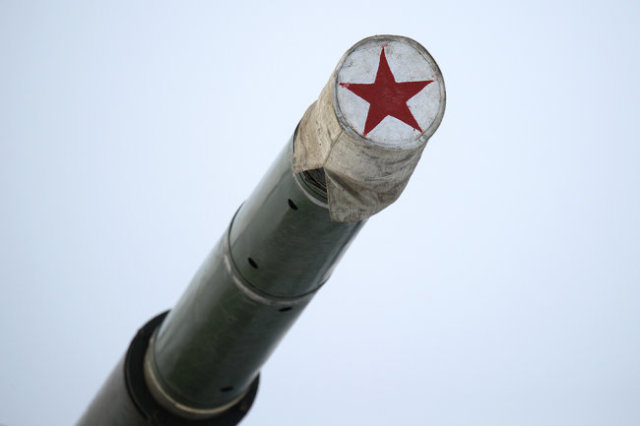During the Iran-Iraq war, due to significant losses in tanks, the armed forces of the two countries began to massively acquire Chinese armored vehicles. Thus, Iran, which fell under Western sanctions, previously operated mainly American M47, M60 and British Chieftain, purchased more than 500 Type 59 and 250 Type 69.
The Baghdad regime, whose troops at the beginning of the conflict were equipped with T-55, T-62, T-72 delivered from the USSR and the Warsaw Pact countries, received 700 Type 59 and more than a thousand Type 69-II through Saudi Arabia.
These tanks were actively used in battles and suffered significant losses, especially from anti-tank guided missiles.
In addition, it turned out that the 100-mm guns of these machines are not effective enough against tanks of the second generation after the Second World War, for example, the Chieftain, T-72 mentioned above and their licensed Iraqi clones Asad Babil ("Babylonian Lion").
After the end of the war in Iran, mounted dynamic protection and 105-mm guns were installed on Type 59, 250 Type 69, captured and received from Libya and Syria T-55.
In Iraq, at the end of the 80s, two options for the modernization of such tanks appeared. The first one provided for an additional multi-layer reservation, designated Al Faw, for the tower, the front part of the hull and side projections.
Such protection made it possible to withstand the hits of not only rocket-propelled grenades, but also some ATGMs. A small number of such tanks managed to get into the troops and were captured by multinational forces during the battles for Kuwait in 1991.
Another interesting project was the crossing of the Type 69-II with the T-72M1. A 125 mm smoothbore cannon with automatic loading, new day and night sights were installed on the Chinese car. Because of these innovations, the crew was reduced to three people.
It was reported that several hundred pieces were going to be finalized in this way, but the Kuwaiti adventure did not allow these plans to come to life.
Alexey Moiseev

